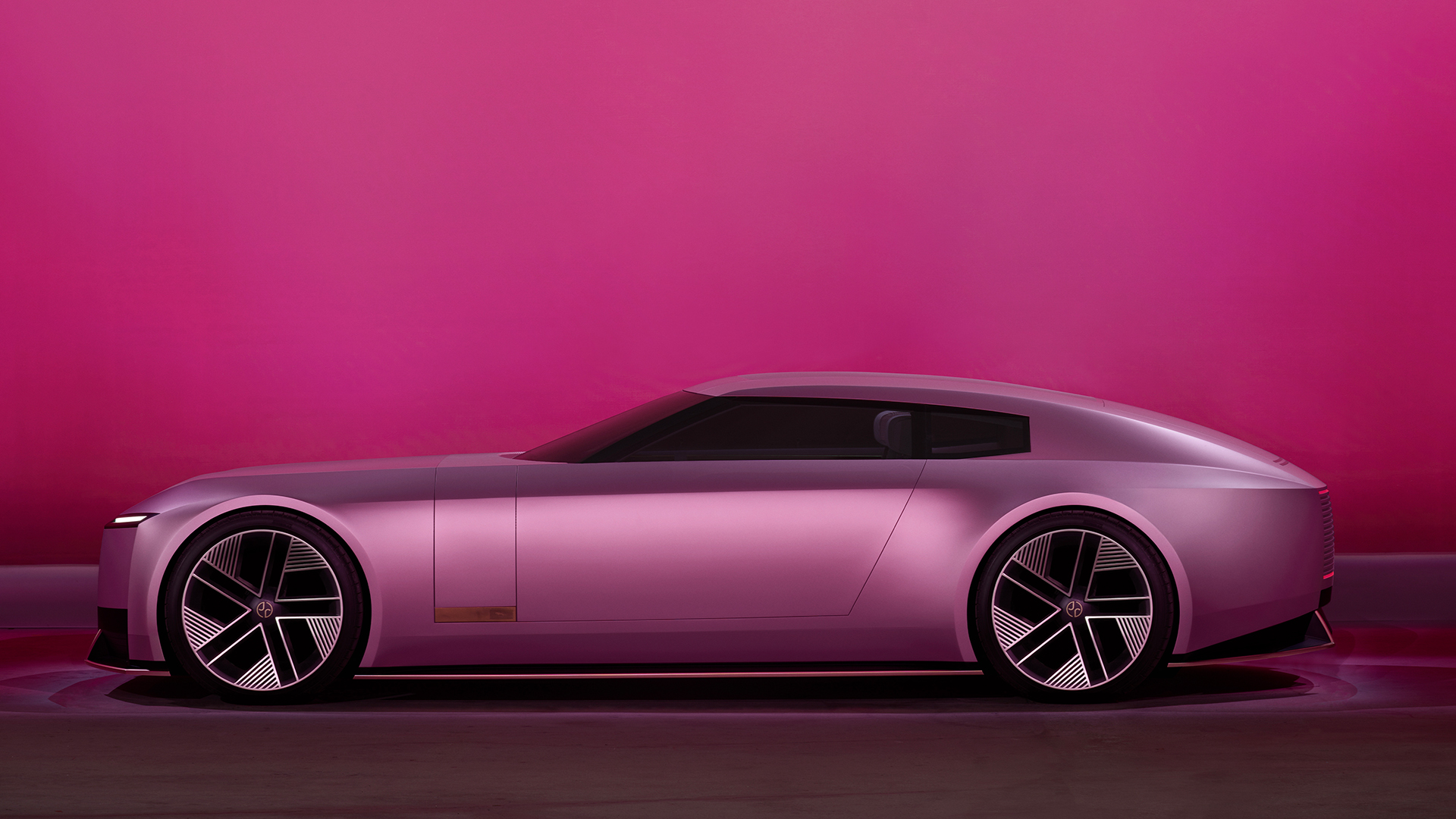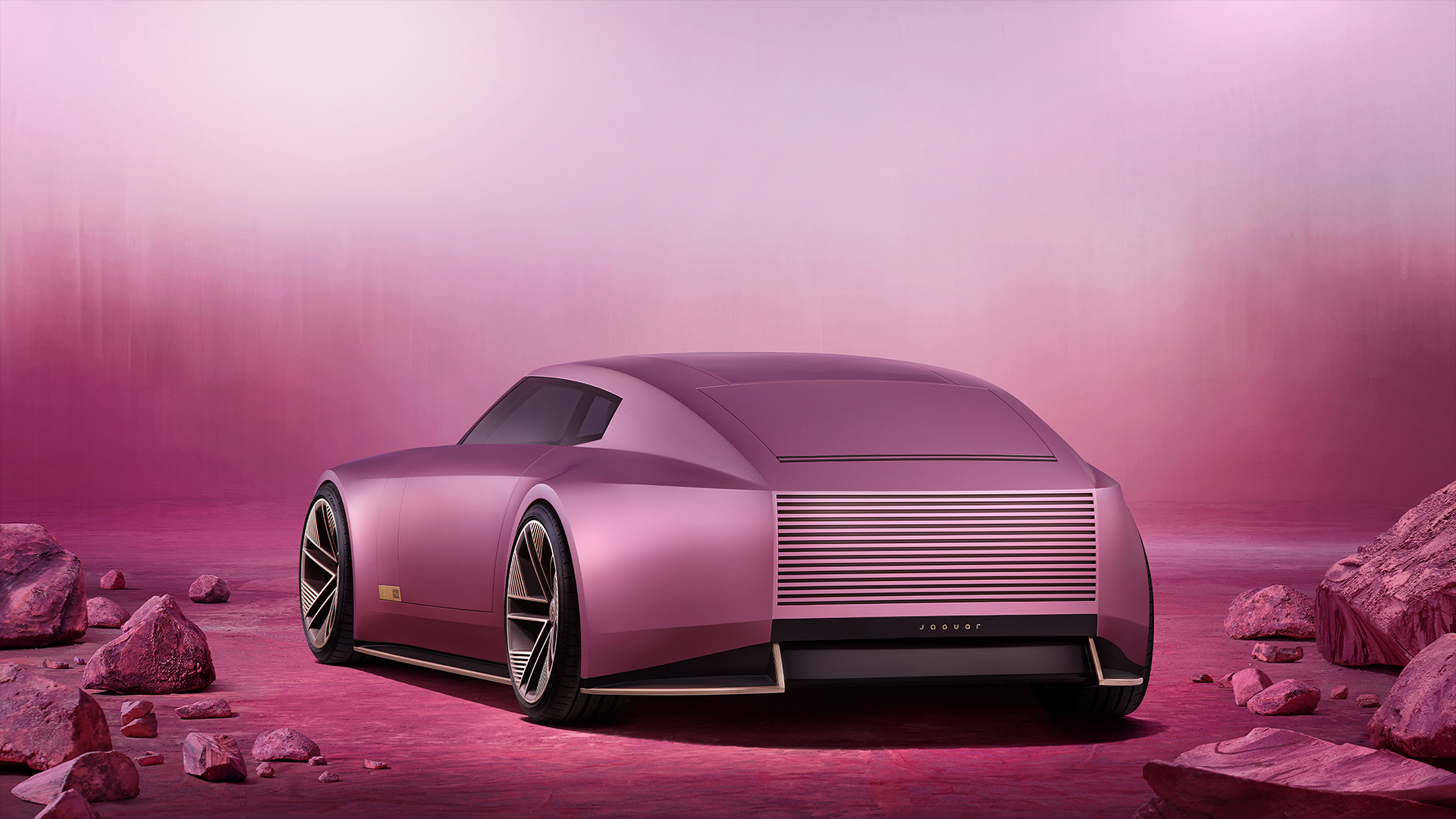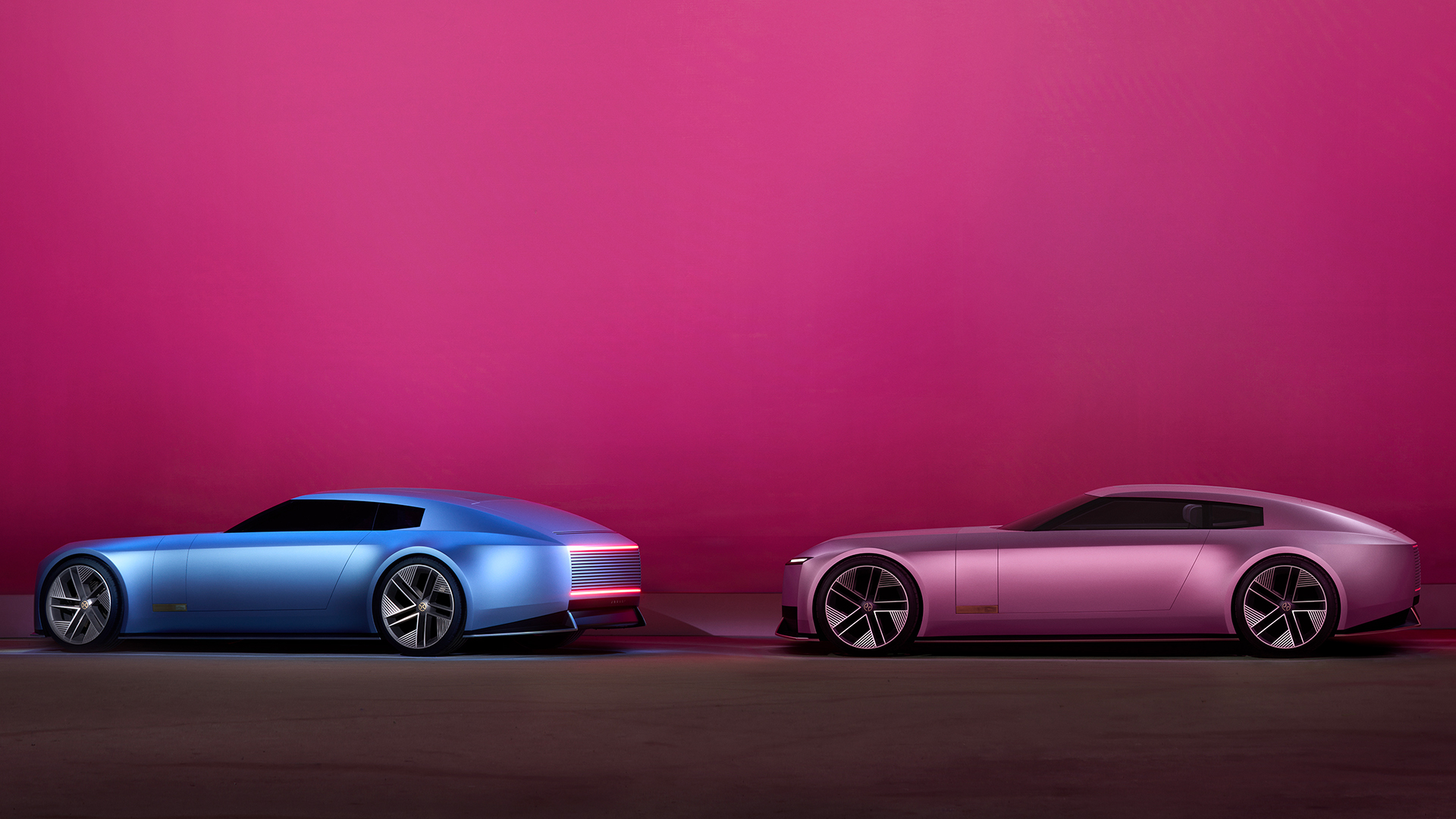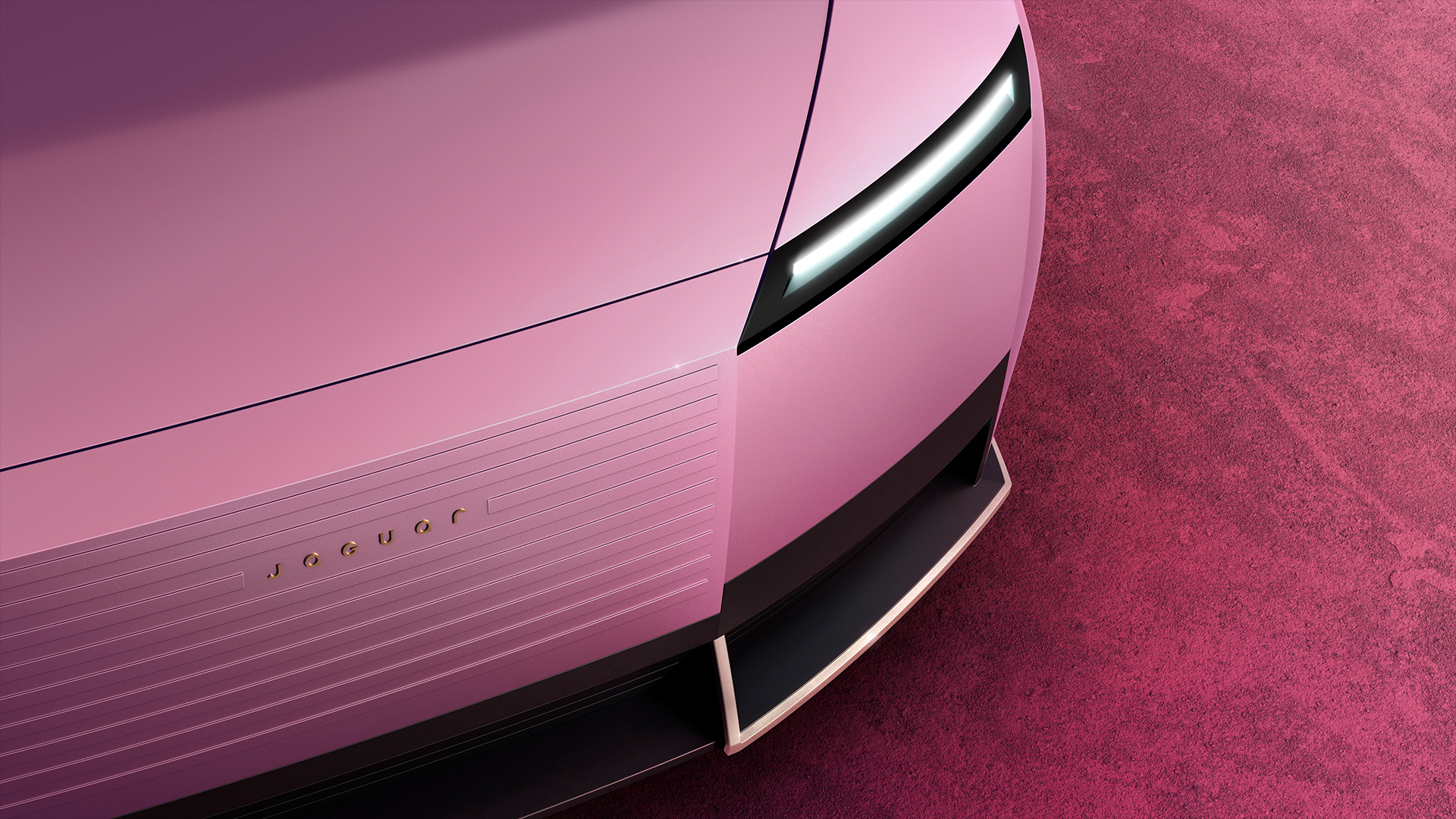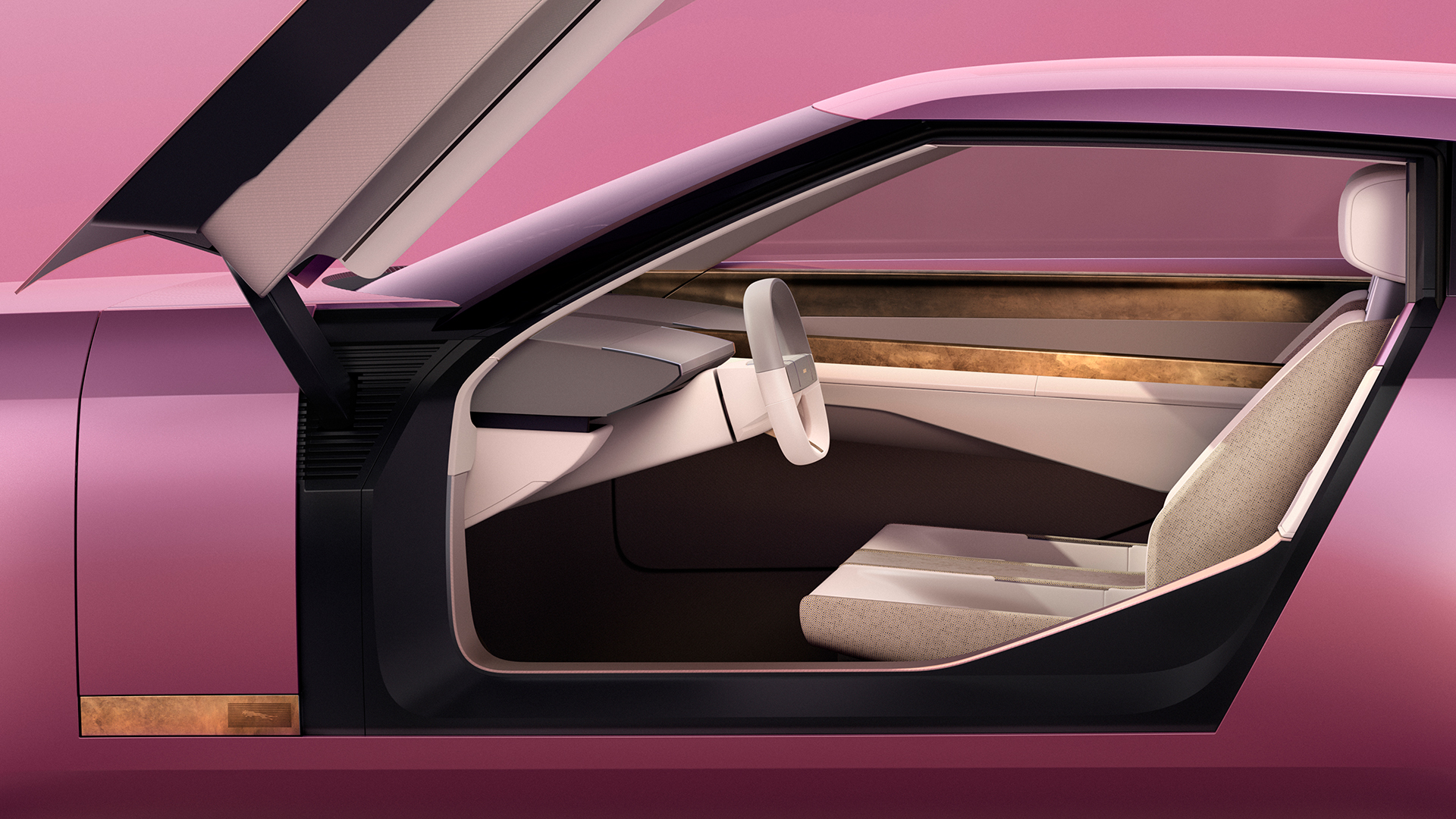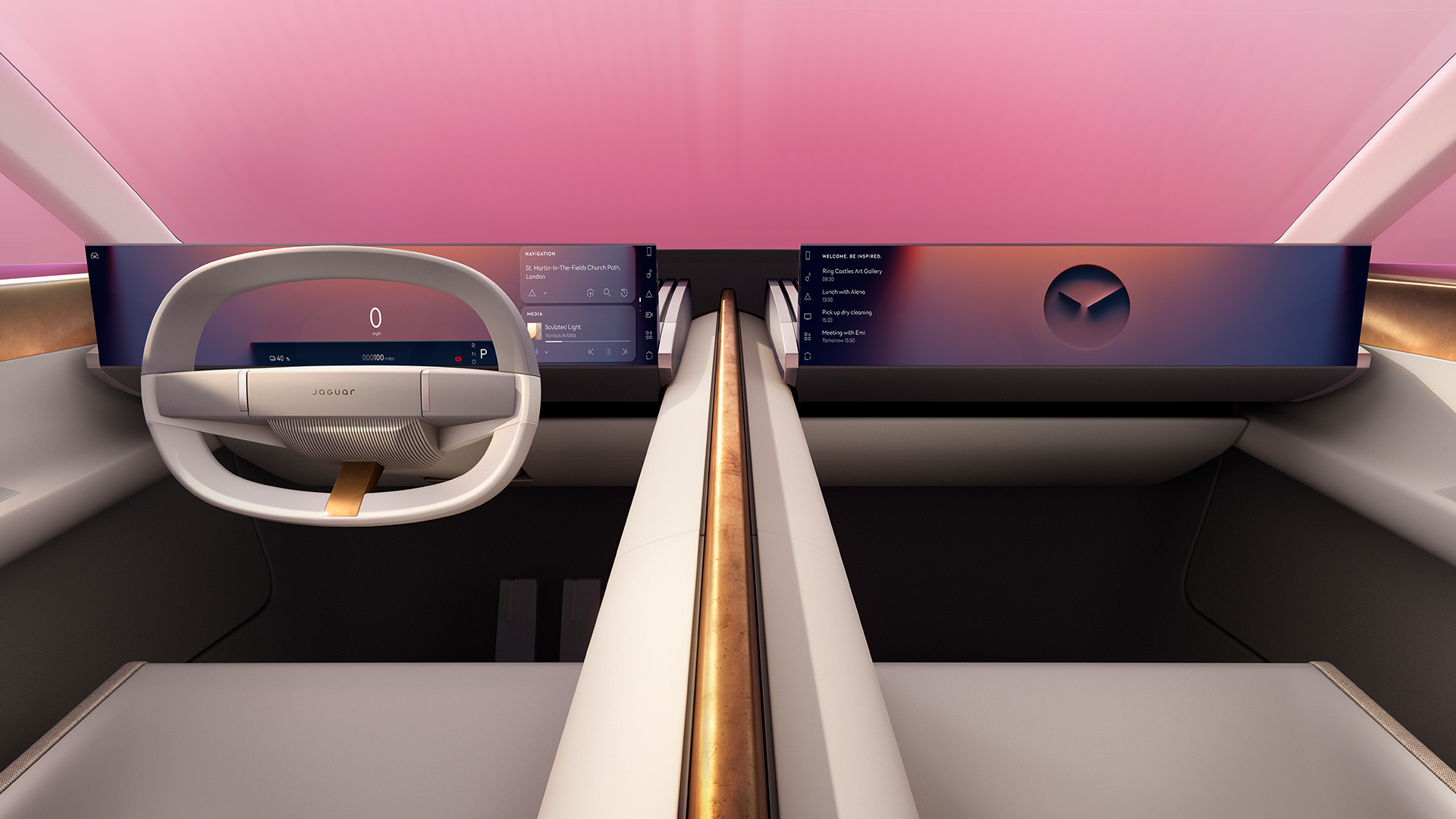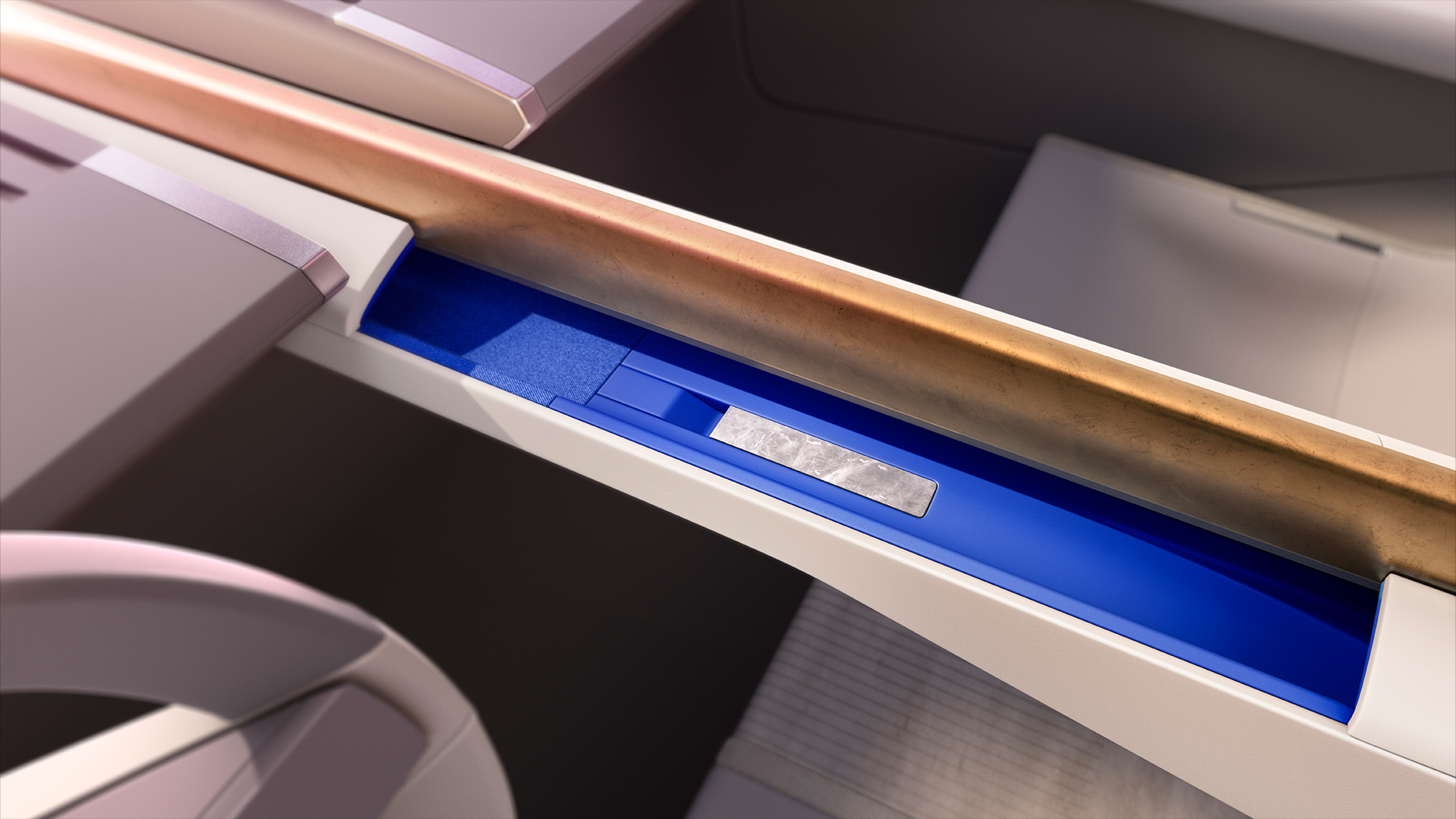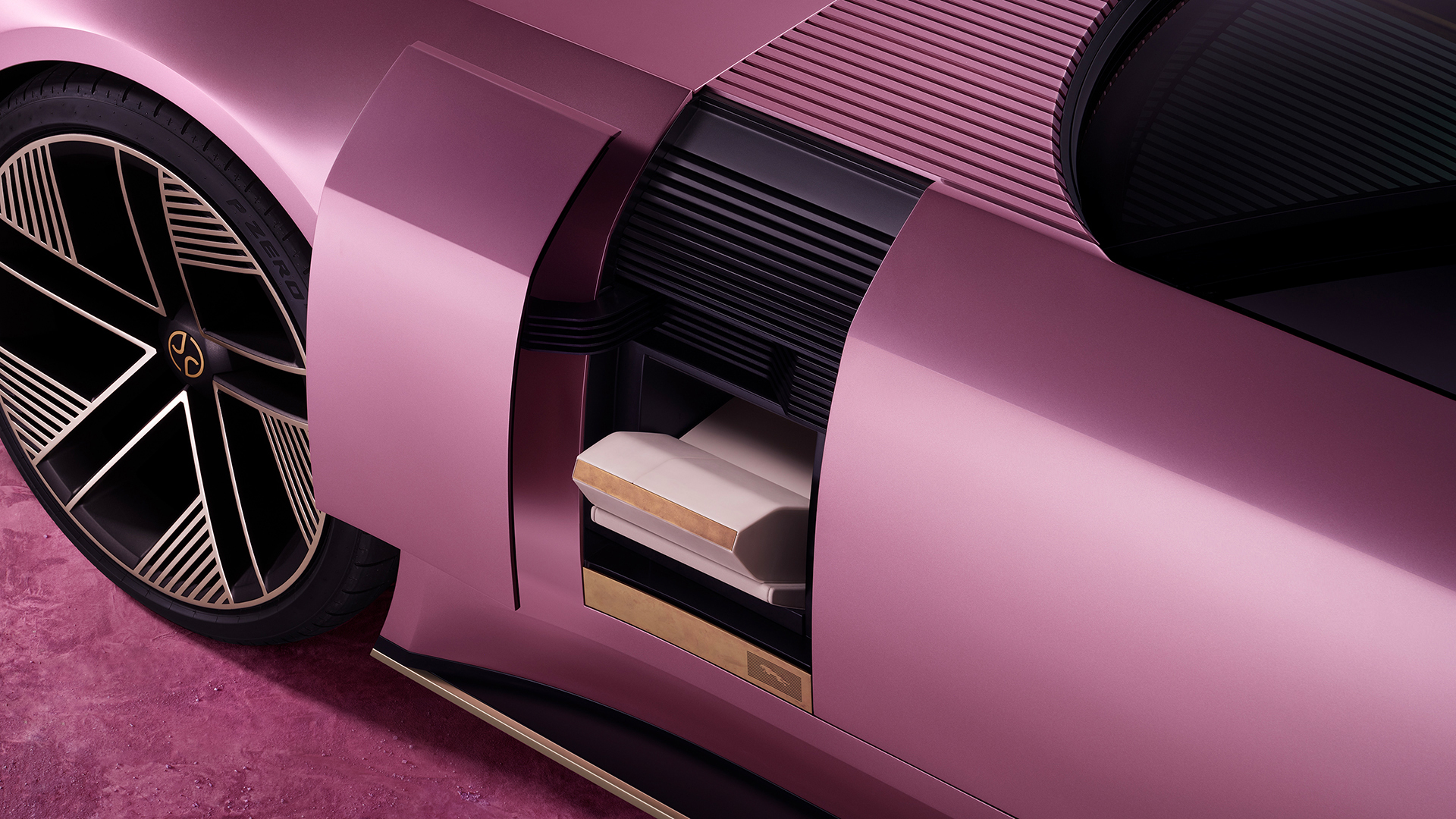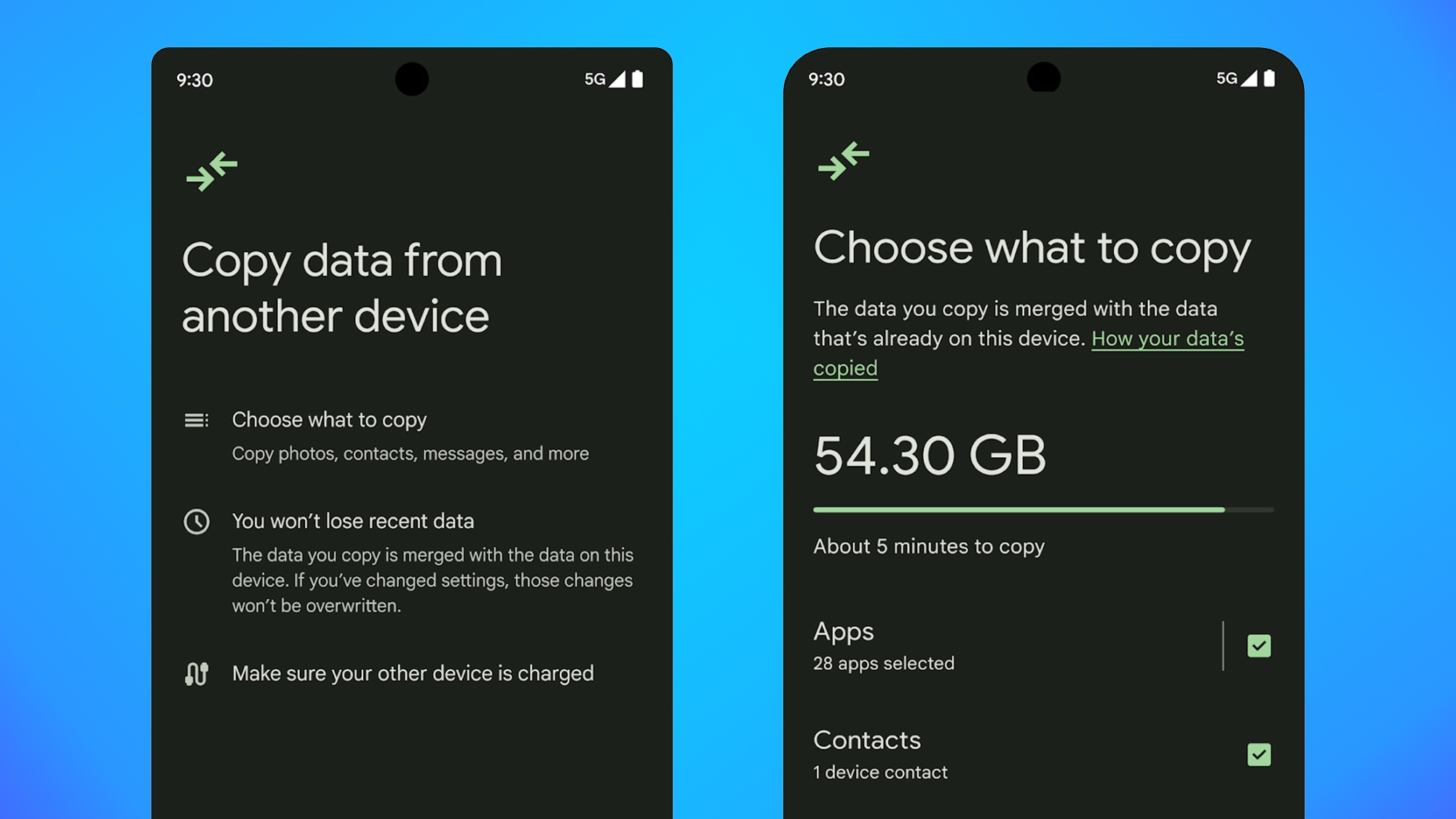- Users on old iPhones have been sent a new alert in WhatsApp
- It says that WhatsApp will stop working unless they update iOS
- WhatsApp will end support for software older than iOS 15.1 in May 2025
The best iPhones are known to last a long time, so it’s no surprise if you’re still happily rocking an older iPhone that’s several versions out of date. Despite that, you might find it’s not compatible with WhatsApp for much longer, as the developer of the popular messaging app has warned users that they’ll soon need to upgrade their iPhone or stop using the service.
As detailed by WABetaInfo, WhatsApp has begun sending notifications warning users that they need to “update to the latest version of iOS to continue using WhatsApp.” These alerts are being sent out to users who are running anything older than iOS 15.1 on their iPhones.
If that sounds like you, you’ve got around five months until WhatsApp stops working on your iPhone, as the app notification says WhatsApp will end support for older versions of iOS on May 5, 2025. WhatsApp recommends you open the Settings app and go to General > Software Update to update your iPhone.
Yet it might not be so simple to do that. If you have an iPhone 5s, iPhone 6, or iPhone 6 Plus – or any earlier iPhone – your device will not be compatible with iOS 18. That means you won’t be able to update your iPhone, and consequently WhatsApp will stop working on your device next May.
That’s not all. As pointed out by 9to5Mac, WhatsApp doesn’t have an iPad app yet (beyond a beta app that’s only available to people using Apple’s TestFlight service). That means that next year’s WhatsApp update will also end support for the first-generation iPad Air, the iPad mini 2, and the iPad mini 3, as they too only support iOS versions earlier than iOS 15.1
Time to upgrade?
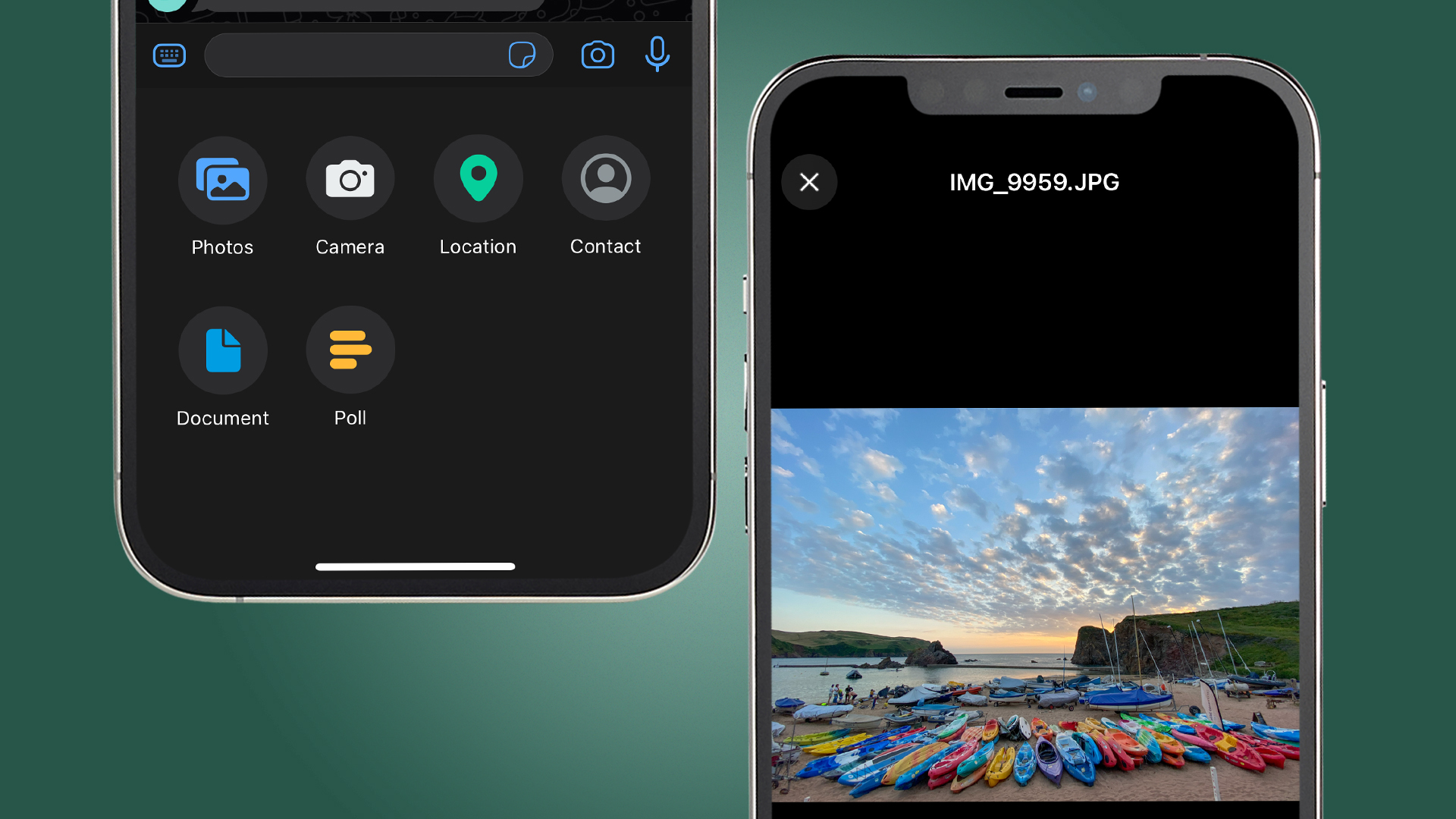
WABetaInfo states that WhatsApp could be ending support for older iPhones so that it can make use of newer features and technologies introduced in iOS 15. WhatsApp can go ahead and add these features if it doesn’t have to worry about being held back by outdated iPhones that can’t run them.
As well as that, it’s likely that there aren’t too many WhatsApp users currently on versions of iOS predating iOS 15.1, considering the iPhones in question were released years ago. WhatsApp could redirect its efforts to optimizing the app further for the larger number of users who have more modern iPhones.
If you’ve been eyeing up a new iPhone or iPad, perhaps now is the time to start looking around for the best iPhone deals and money-saving iPad bargains. Black Friday may be behind us, but that doesn’t mean you can’t score a solid discount and ensure your device can keep using WhatsApp for the foreseeable future.

